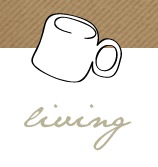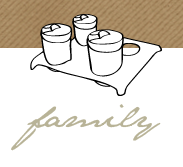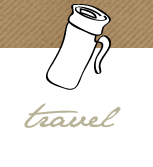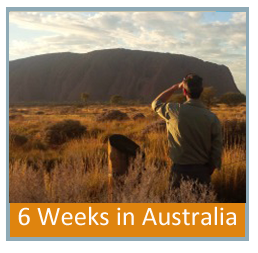I know, I know … there are so many causes with “days” that it’s hard to keep track. (And kind of makes you want to dismiss them altogether.) But I was sent some information on osteoporosis that peaked my interest and made me want to look into it a bit more.
Before I share it with you though, let’s define osteoporosis. It’s a condition that causes bones to become thin and porous, decreasing bone strength and leading to increased risk of breaking a bone. I’m sure most of us have heard this sort of general definition before. But as I get older, and as my parents get older, the following facts seem to have hit me harder than before.
Here are some facts (source: Osteoporosis Canada):
- 1 in 4 women and at least 1 in 8 men over 50 have osteoporosis.
- Osteoporosis causes 70-90% of 30,000 hip fractures annually.
- Each hip fracture costs the system $21,285 in the 1st year after hospitalization, and $44,156 if the patient is institutionalized.
- 23% of patients who fracture a hip die in less than a year.
- The lifetime risk of hip fracture is greater (1 in 6) than the 1 in 9 lifetime risk of developing breast cancer.
Some tips for reducing the risk (source: Health Canada):
- Calcium: People over the age of 50 need 1200 mg of calcium each day, so make sure you’re getting enough.
- Vitamin D: Calcium is not easily absorbed by the body without vitamin D. If you’re over the age of 50, it’s recommended that you take a daily supplement of 400 IU of vitamin D, in addition to a healthy diet.
- Weight-bearing activity: Bones become stronger with increased activity (which is pretty amazing, really), and it’s recommended daily. Weight-bearing exercises include dancing, walking, hiking and tennis.
How do you know if you have osteoporosis?
Osteoporosis largely goes undiagnosed until it’s too late. Your bones can be losing density without you knowing it and that’s why the condition is sometimes called “the silent thief.” A confirmed diagnosis is possible through a test called Bone Mineral Density test — a safe, painless test apparently.
What can you do if you have osteoporosis?
Unlike when my Nana fell, broke her hip, had to live in care, and died shortly afterwards, there are a number of treatments available today. I’m no expert on them, of course. But if you have any of the risk facts listed here, it’s good to know that you’ve got some options.
So … all this to say that someone emailed me asking if I would help raise awareness for osteoporosis. I really didn’t think I cared about osteoporosis, but maybe I should.
For more information, here are some websites: Health Canada (government), Osteoporosis Canada(non-profit, with government and Caltrate — a calcium supplement — as sponsors), International Osteoporosis Foundation (non-profit, non-government), and the organization that had contacted me in the first place and got me thinking about osteoporosis is On the Go Women (run by a Canadian pharmaceutical company called Novartis).
















Speak Your Mind